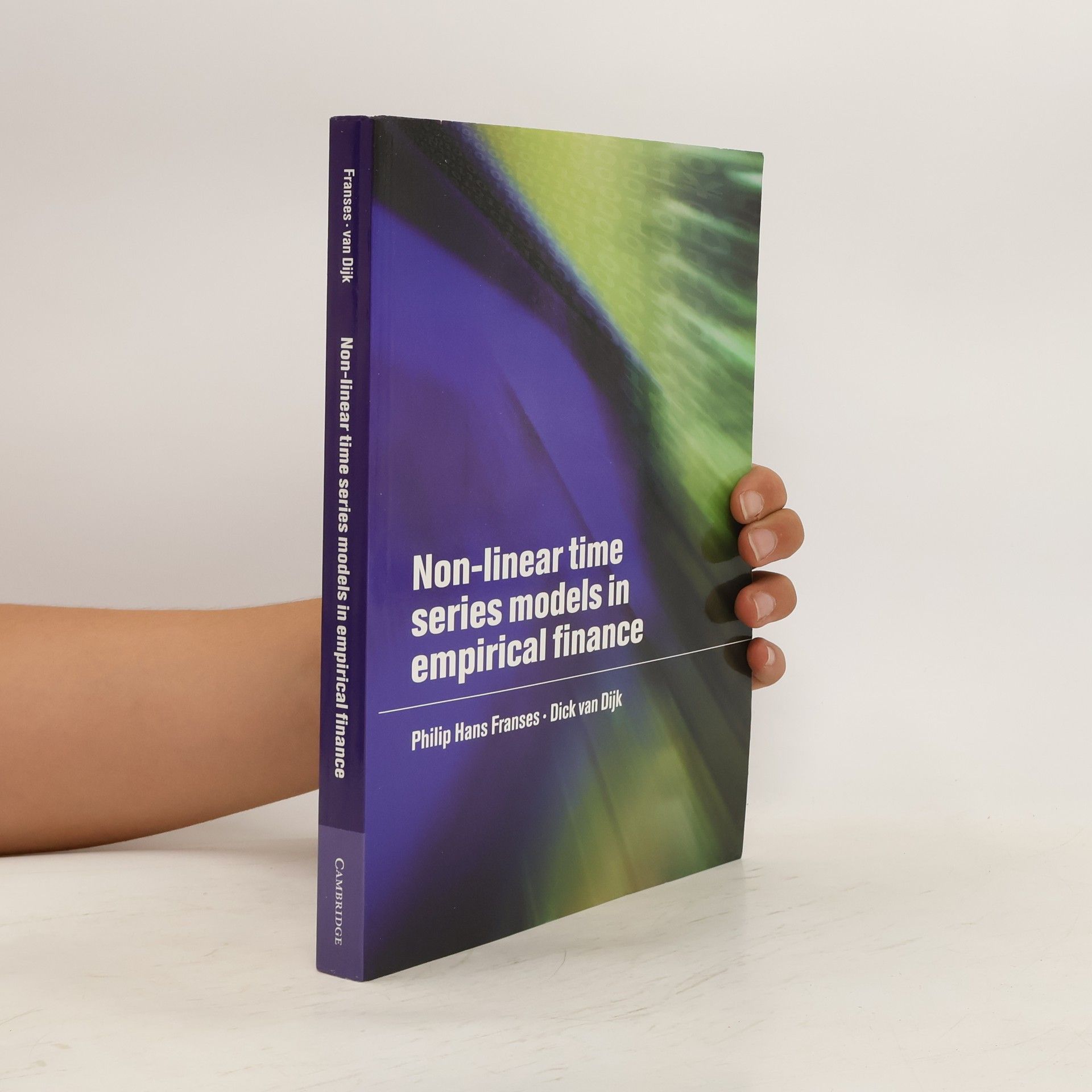Time, Light and the Dice of Creation
- 208pages
- 8 heures de lecture
This stimulating book unravels the knots that surround elusive concepts such as matter, chance, time, light, darkness, emptiness, and form.






This stimulating book unravels the knots that surround elusive concepts such as matter, chance, time, light, darkness, emptiness, and form.
The book features a comprehensive table of contents, outlining its various chapters and sections. It serves as a guide to the themes and topics explored within, providing readers with an organized overview of the material covered. Each entry offers insight into the structure and flow of the content, making it easier for readers to navigate and locate specific information or areas of interest throughout the book.
Offering a practical introduction to econometrics, this 2002 book covers fundamental concepts and techniques essential for understanding economic data analysis. It is designed for beginners, providing clear explanations and examples that make complex topics accessible. The focus is on equipping readers with the necessary tools to apply econometric methods effectively in real-world scenarios.
This is the most up-to-date and accessible guide to one of the fastest growing areas in financial analysis by two of the most accomplished young econometricians in Europe. This classroom-tested advanced undergraduate and graduate textbook provides an in-depth treatment of recently developed nonlinear models, including regime-switching and artificial neural networks, and applies them to describing and forecasting financial asset returns and volatility. It uses a wide range of financial data, drawn from sources including the markets of Tokyo, London and Frankfurt.
Focusing on periodic integration and cointegration, this book explores models for economic time series affected by seasonal variations and stochastic trends. It highlights the necessity of a seasonally varying differencing filter to address trends and allows for seasonal variation in cointegration parameters. The text emphasizes practical econometric models that reflect economic behavior and includes a thorough analysis of econometric theory, Monte Carlo simulations, and forecasting, supported by empirical examples. It reveals how seasonal adjustments can yield misleading results when seasonal fluctuations are influenced by underlying trends and business cycles.
Designed for applied researchers, this book bridges the gap between theoretical knowledge and real-world application. It offers insights into econometric methods tailored for specific research inquiries, making it a valuable resource for academics. Additionally, students will benefit from its focus on proper research practices, enhancing their understanding of practical research challenges.
This book explores the intersection of theoretical insights and empirical findings in the context of expert adjustments to model forecasts. It delves into the econometric analysis of how experts refine predictions, offering a comprehensive examination of methodologies and their implications for forecasting accuracy. By integrating current research with practical applications, it provides valuable perspectives for economists and analysts seeking to enhance their forecasting techniques.
Econometrics initially appears a highly technical subject, but it provides smart ways to formulate research questions and collect data. Written in a style that will enthuse and motivate students new to the subject, Enjoyable Econometrics shows how econometric methods can be applied to a variety of unusual and engaging research questions.